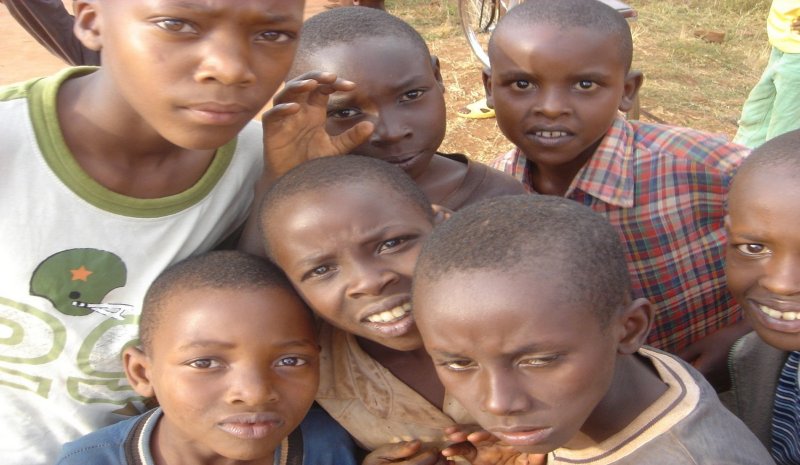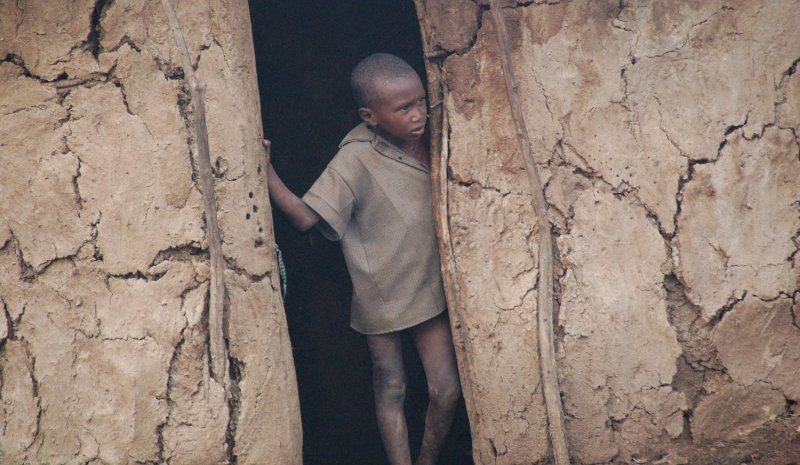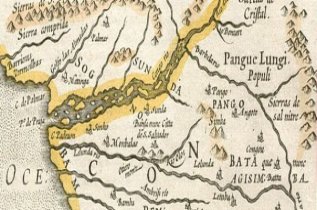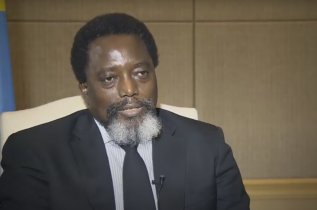-

Make a real difference...
-

to communities across Africa.
-

Share skills and knowledge...
-

and sponsor children...
-

to develop a better future
-

...and change lives forever!

What is now known as the Democratic Republic of Congo has changed names a few
times over the last half century. Until 1960 it was a Belgian colony known as
the Belgian Congo. The Belgium rule was harsh, and history records that the Congo was treated as
little more than the personal fiefdom of King Leopold of Belgium who
plundered the land and treated its people as little more than slaves. On gaining independence, political instability ensued followed
by a coup in 1965 which installed Joseph-Desire Mobutu as national leader. Mobutu then changed both his name to Mobutu Sese Seko and that of the country to
Zaire with himself as president. He stayed in power until
1997 when his regime fell to the armies of Rwanda and Uganda
with Laurent Kabila then installed as president. However this
marked the beginning of what is called the Second Congo War, a war that
involved nine African countries and some twenty armed groups.
The basis of
the war was that Rwanda and Uganda wanted to control the perceived riches of
the Democratic Republic of Congo having installed Kabila as president only
to find he wanted their troops out of the country fearing they would in turn
oust him and install a Tutsi subservient to Rwanda's President Paul Kagame. The
war itself, which was to outlast Kabila after he was assassinated in 2001 to be
replaced by his son Joseph, lasted 4 years, 11 months, 2 weeks and 2 days
and officially' ended with the signing of the Sun City Agreement on 19th
April 2002 although the violence continues to this day with armed groups continuing to operate in the country.
The
war took the lives of around 5,400,000 people, mostly through disease; the
most causalities of any war in earth's history, save for the Second World
War. It was a war that still simmers today particularly in the east of the
country where troops from Uganda have recently been deployed. The Sun City Agreement provided a path
for providing the Democratic Republic of Congo with a multi-party government
and a timeline for democratic elections allowing Joseph Kabila to remain
president for a transition period of two years, extendable to three, with
the leader of the Movement for the Liberation of the Congo, Jean-Pierre
Bemba, as prime minister in the transitional government both to remain in
office until democratic elections could be held for the first time since
independence in 1960.

It was also agreed that Kabila would have four
vice-presidents - one from each of the two main armed opposition movements,
one from the government and one from the unarmed political opposition. It
was also agreed that ministries would be divided up and former opposition
fighters would be integrated into the army and police. In 2003 the transitional parliament met
and in 2005 they adopted a new constitution which was approved by voters in
December of that year leading to Presidential and parliamentary elections in
July 2006 which proved inconclusive leading to a further run-off election in
October 2006 between Joseph Kabila and opposition candidate Jean-Pierre
Bemba. Kabila was declared the winner, and he remained in post howeverd eclared in August 2018 that he would step down and not seek re-election in the December general election of that year and was succeeded by Felix Tshisekedi in the country's first peaceful transition of power since independence.
Despite this apparent stability with increasing foreign investment, conflict and murder is
ongoing particularly in the east of the country. The Democratic Republic of Congo itself has been described as more of a
geographical concept than a proper nation; a nation that's sitting on a bed
of an estimated twenty-four trillion US dollars of natural resources making
it a land people are prepared to fight and die for. The video (below) charts the history of the Democratic Republic of Congo from colonial days to its more recent past in what is not just a catalogue of
murders, assassinations and failed politics, but an unfolding and seemingly
everlasting tragedy for the country's 89.56 million inhabitants (2020).
|
|
DRC History: Child Sponsor DRC
|

|
Details of current volunteer work
opportunities in each of the
countries of Africa.
Find how to sponsor a child in Africa
with our list of organisations,
charities, programs and projects.
Discover all about Africa, its tourist
attractions, history, people, culture
and daily life there.
A treasure trove of African
resources from webcams to
free downloads and news.